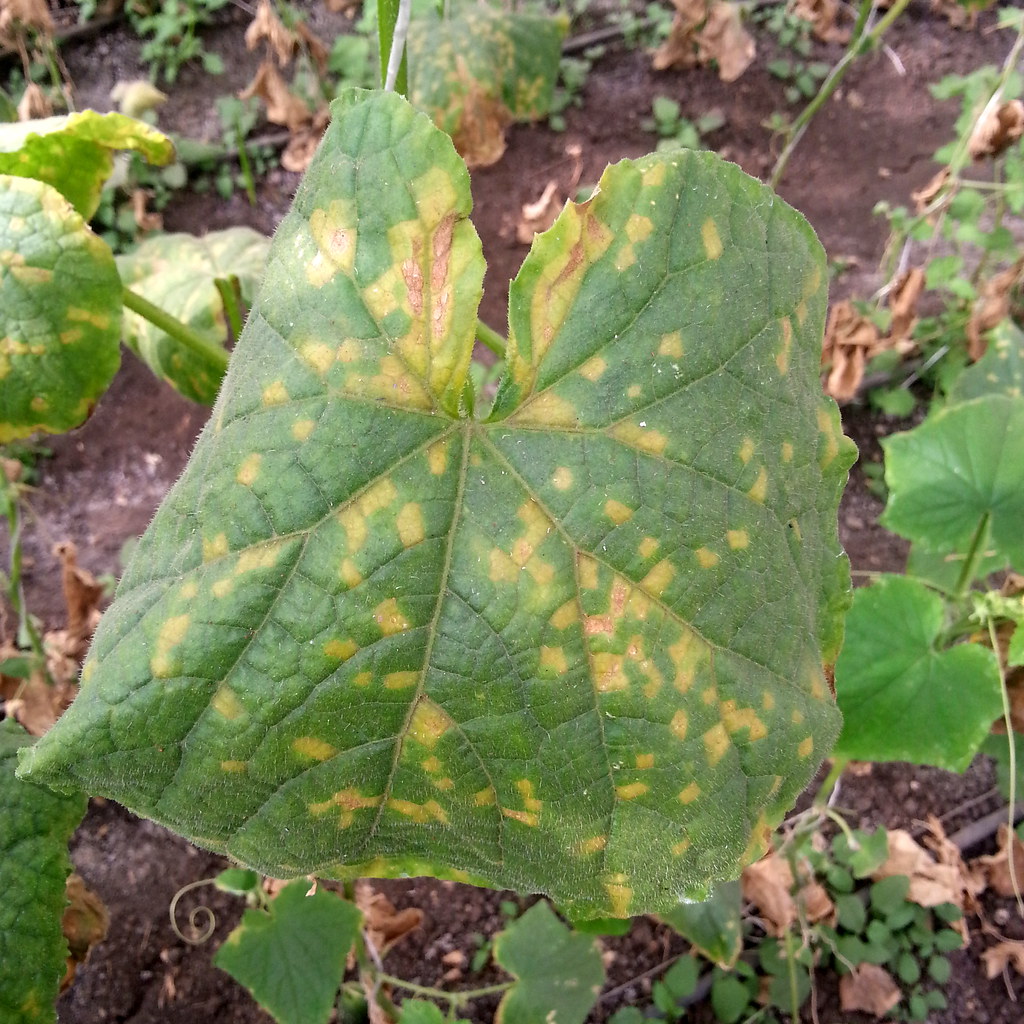Warnings and Advice About Cucurbit Downy Mildew
go.ncsu.edu/readext?720576
en Español / em Português
El inglés es el idioma de control de esta página. En la medida en que haya algún conflicto entre la traducción al inglés y la traducción, el inglés prevalece.
Al hacer clic en el enlace de traducción se activa un servicio de traducción gratuito para convertir la página al español. Al igual que con cualquier traducción por Internet, la conversión no es sensible al contexto y puede que no traduzca el texto en su significado original. NC State Extension no garantiza la exactitud del texto traducido. Por favor, tenga en cuenta que algunas aplicaciones y/o servicios pueden no funcionar como se espera cuando se traducen.
Português
Inglês é o idioma de controle desta página. Na medida que haja algum conflito entre o texto original em Inglês e a tradução, o Inglês prevalece.
Ao clicar no link de tradução, um serviço gratuito de tradução será ativado para converter a página para o Português. Como em qualquer tradução pela internet, a conversão não é sensivel ao contexto e pode não ocorrer a tradução para o significado orginal. O serviço de Extensão da Carolina do Norte (NC State Extension) não garante a exatidão do texto traduzido. Por favor, observe que algumas funções ou serviços podem não funcionar como esperado após a tradução.
English
English is the controlling language of this page. To the extent there is any conflict between the English text and the translation, English controls.
Clicking on the translation link activates a free translation service to convert the page to Spanish. As with any Internet translation, the conversion is not context-sensitive and may not translate the text to its original meaning. NC State Extension does not guarantee the accuracy of the translated text. Please note that some applications and/or services may not function as expected when translated.
Collapse ▲Caused by the fungus-like oomycete pathogen Pseudoperonospora cubensis, cucurbit downy mildew can infect watermelon, pumpkin, squash, cucumber, and cantaloupe. The disease travels from warmer areas to ours and first shows as angular, yellow to brown lesions on top of the leaves, restricted by leaf veins. In moist conditions, the underside of these lesions may be covered in a dark fuzz or “down.”
To minimize Downy Mildew problems, scout plants often and remove infected plants, plant tolerant varieties when possible, keep leaves as dry as possible via wide plant spacing, tunnel structures, and drip irrigation only, and protect the crop with fungicides. Organic growers can rotate between fixed coppers, biofungicides, and potassium bicarbonate products, and conventional growers can add labeled fungicides such as chlorothalinil and mancozeb to their rotations. For more information about this and other crop management, call Cooperative Extension at 828-264-3061.





